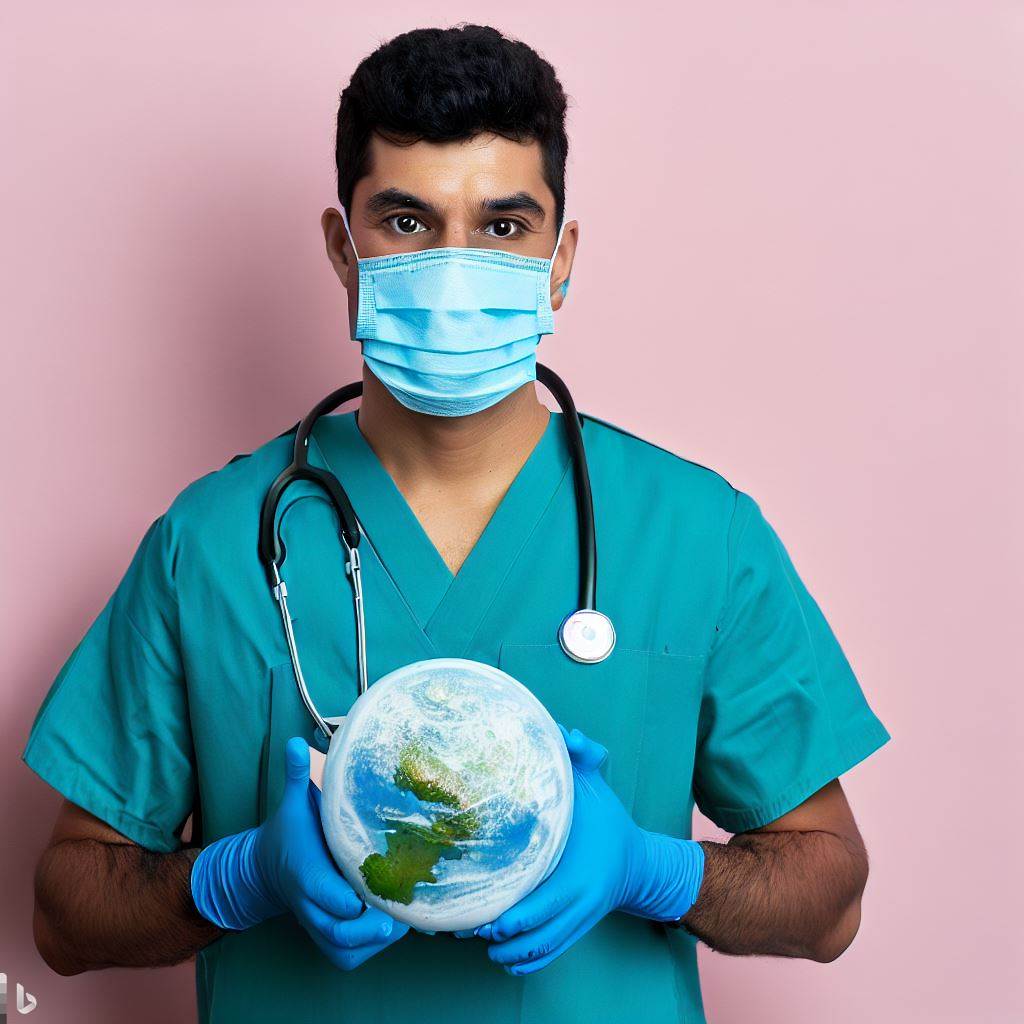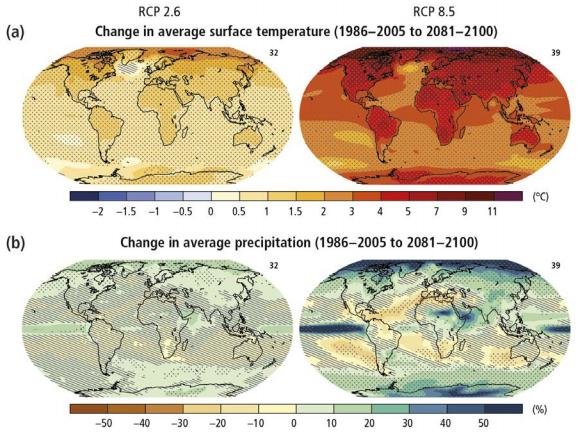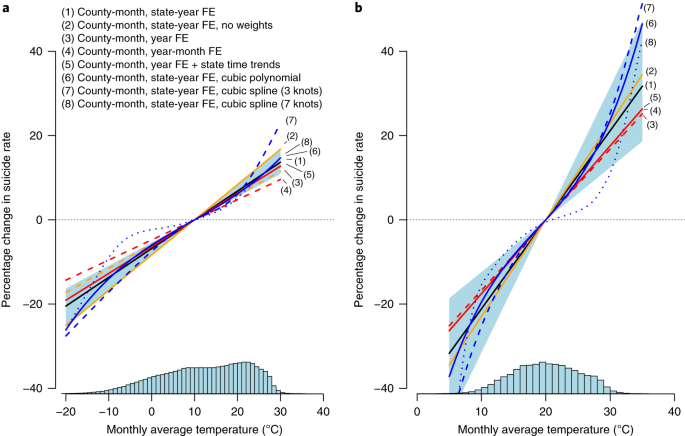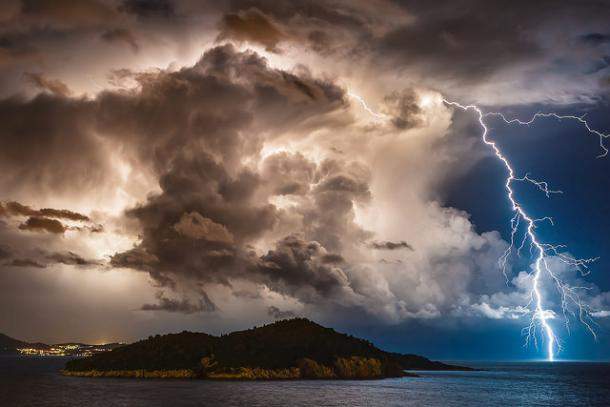How Climate Change Affects Human Health

Climate change poses the biggest health threat to humanity. Extreme weather events, air pollution, infectious diseases, and food safety are among the impacts.
Climate change is the single biggest health threat facing humanity, and health professionals worldwide are already responding to the health harms caused by this unfolding crisis.
See how climate change impacts human health in both direct and indirect ways, and what we can do to protect ourselves and our communities from its consequences.
Direct Impacts of Climate Change on Human Health
Climate change affects the natural and social determinants of health, such as clean air, safe drinking water, sufficient food and secure shelter. Extreme weather events, such as heat waves, storms, floods and droughts, can directly cause injury, illness and even death.
– Heat waves can increase the risk of heat-related illnesses, such as heat stroke, dehydration and cardiovascular diseases. They can also worsen air quality and respiratory conditions, such as asthma and chronic obstructive pulmonary disease (COPD).
– Storms and floods can damage infrastructure, disrupt essential services, contaminate water sources and increase the risk of waterborne diseases, such as cholera, typhoid and hepatitis A. They can also cause physical injuries, mental trauma and displacement of populations. According to the WHO, more than half of the world’s population is at risk of vector-borne diseases.
– Droughts can reduce agricultural productivity, food security and nutrition. They can also increase the risk of famine, malnutrition and hunger-related diseases, such as stunting and wasting.
These are just some of the direct impacts in human health. According to the World Health Organization (WHO), between 2030 and 2050, climate change is expected to cause approximately 250.000 additional deaths per year from malnutrition, malaria, diarrhoea and heat stress alone.

Indirect Impacts of Climate Change on Human Health
Climate change can also indirectly affect health through alterations to the environment:
– Air pollution can worsen due to increased emissions of greenhouse gases, particulate matter and ozone. Air pollution can have negative impacts on respiratory and cardiovascular conditions, such as asthma, COPD, stroke and heart attack.
According to the WHO, air pollution causes an estimated 7 million premature deaths every year, which is expected to get worse due to climate change.
– Infectious diseases can change their distribution, transmission and severity due to changes in temperature, rainfall, humidity and vegetation. Climate change can affect the survival, behavior and range of insects and other species that carry diseases, such as mosquitoes, ticks and rodents. Some of the climate-sensitive diseases are malaria, dengue fever, Lyme disease and West Nile virus.
– Food safety can be compromised due to increased contamination of food by pathogens, toxins and chemicals. Climate change can affect the growth, storage and transport of food products, exposing people to foodborne illnesses, such as salmonella, E. coli and botulism.
– Mental health and well-being can be affected by exposure to climate-related stressors and traumas. Climate change can cause anxiety, depression, post-traumatic stress disorder (PTSD), substance abuse and suicide. It can also affect social cohesion, violence and conflict.

What Can We Do to Protect Ourselves from Climate Change?
The best way to protect ourselves from climate change is to prevent it from happening in the first place. This means reducing our greenhouse gas emissions through better transport, food and energy choices.
The WHO estimates that reducing emissions could save millions of lives every year by improving air quality. We can also support policies and actions that mitigate climate change at local, national and global levels.
However, some degree of climate change is inevitable due to past emissions. Therefore, we also need to adapt to its impacts by strengthening our health systems and resilience. This means preparing for emergencies, enhancing surveillance and response capacities for infectious diseases, improving access to safe water and sanitation facilities, promoting healthy diets and lifestyles, providing mental health support services and ensuring social protection for vulnerable groups.
Climate change is a complex and urgent challenge that requires collective action from all sectors of society.
Only by working together we can protect our health and well-being from its harmful effects.

References:
https://www.who.int/news-room/fact-sheets/detail/climate-change-and-health
https://www.niehs.nih.gov/research/programs/climatechange/health_impacts/index.cfm
https://www.epa.gov/climateimpacts/climate-change-and-human-health
https://www.thelancet.com/journals/lancet/article/PIIS0140-6736(19)32596-6/fulltext



